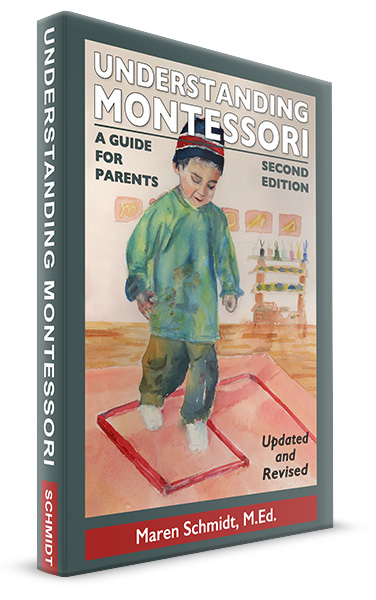
As we watch our children grow and learn, how can we, as parents and teachers, help direct our children to the next step in learning?
One helpful tool to help us think about the steps in learning is Bloom’s Taxonomy.
Benjamin Bloom in 1956 described six levels of questioning that reflect a person’s mastery of learning new material. In the 1990’s a student of Bloom, Lorin Anderson, revised the original six category names, changing nouns into verbs to reflect a sense of action versus a state of being. I’ll use both terms.
- Knowledge/Remembering is the first level of mastery. To get feedback on whether a student has attained certain knowledge, we can ask questions that request the student to list, define, tell, describe, show, collect or name.
- Comprehension/Understanding questions focus on whether new information is incorporated into previous learning. Requests in this category might include asking the student to summarize, describe, contrast, predict, estimate or discuss to help us evaluate a student’s understanding.
- Application/Applying refers to being able to make use of newly acquired information. Requests take the form of asking the student to demonstrate, calculate, illustrate and solve, among others.
- Analysis/Analyzing questions explore a person’s knowledge in terms of being able to see patterns, to find hidden meanings or to organize parts. Questions ask the person to explain, arrange, compose or infer in order to determine understanding.
- Evaluation/Evaluating requests require the student to make choices based on reason, theories or evidence. The student is asked to decide, rank, convince, compare or explain an idea.
- Synthesis/Creating questioning requires the student to draw on knowledge from several areas, make predictions, draw conclusions or create fresh ideas from old ideas. The student is asked to combine, plan, design, invent or prepare in order to demonstrate a facility with new learning.
What does this mean for our work with our children?
Too many times learning expectations get stuck in the lower levels of remembering and understanding. For many subjects this is enough. Applying, analyzing, evaluation and creating, especially when we can use the hands to create, are steps that make learning fun and exciting and, in the long run, have more “stickiness” in the mind. For optimum learning, our children need time and experiences that allow them to test and develop their knowledge and understanding.
Let’s look at requests for evaluating student learning using the categories in Bloom’s taxonomy. The lesson is about learning to make a pizza.
Remembering request. Examine this recipe for pizza and list the ingredients needed, preparation time and oven temperatures.
Understanding. Predict what would happen if you left out one ingredient of the recipe. Make a prediction for each of the six ingredients in the following recipe.
Applying. If you forgot to put yeast in your pizza dough, what might you do to save the dough?
Analyzing. Explain the role that yeast plays in the creation of pizza crust.
Evaluating. What do you consider the most important ingredient in making a pizza? Why? (Note: This is a subjective question to see how a student might use reason.)
Creating. What would you predict would happen if a pizza were baked at 350 degrees? 250 degrees? 450 degrees? Explain how knowing math might be important in making a pizza. Design your own pizza recipe.
In all this questioning, I hope you might feel that having our students make a pizza or two might be a vital learning task. Hands-on experiences aid learning and create opportunities to integrate and incorporate all of Bloom’s categories of discovering a student’s level of experience and knowledge.
We need to remember that the reason to ask our children a bunch of questions (a test!) is to understand how to help in the next step of learning.
We need to help involve their hands and minds in meaningful experiences to create deep and personal learning at all levels.


One Response to “Bloom’s Taxonomy”